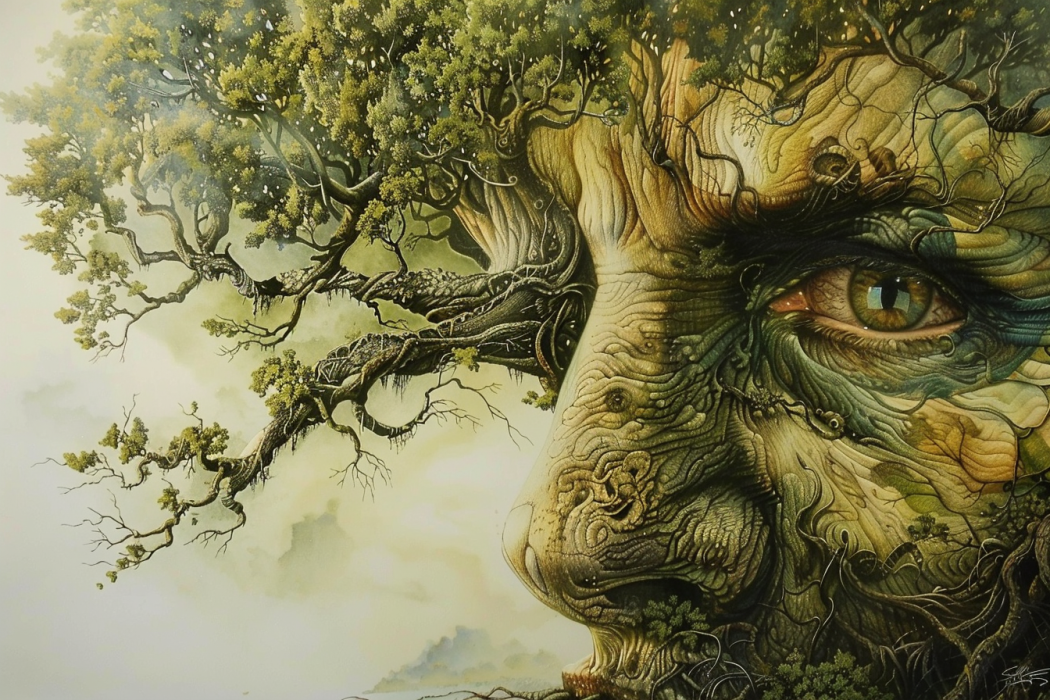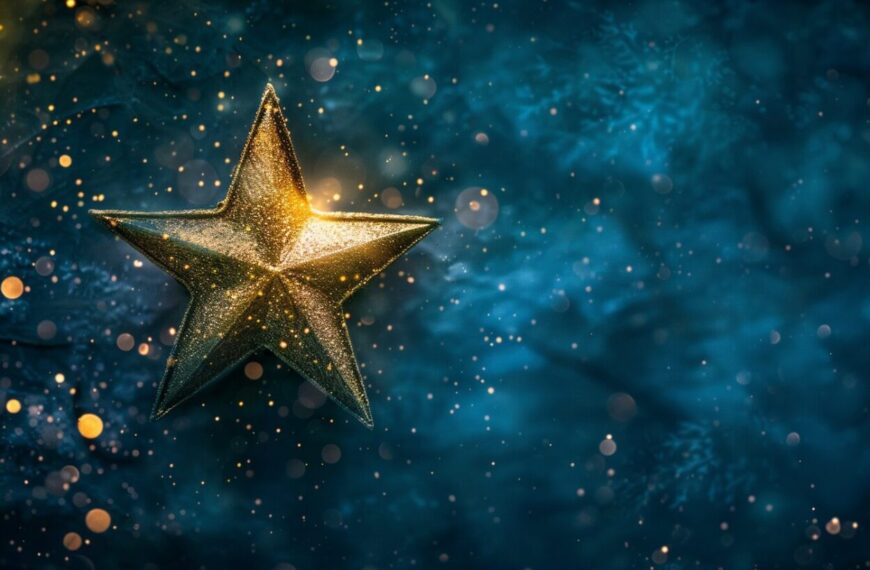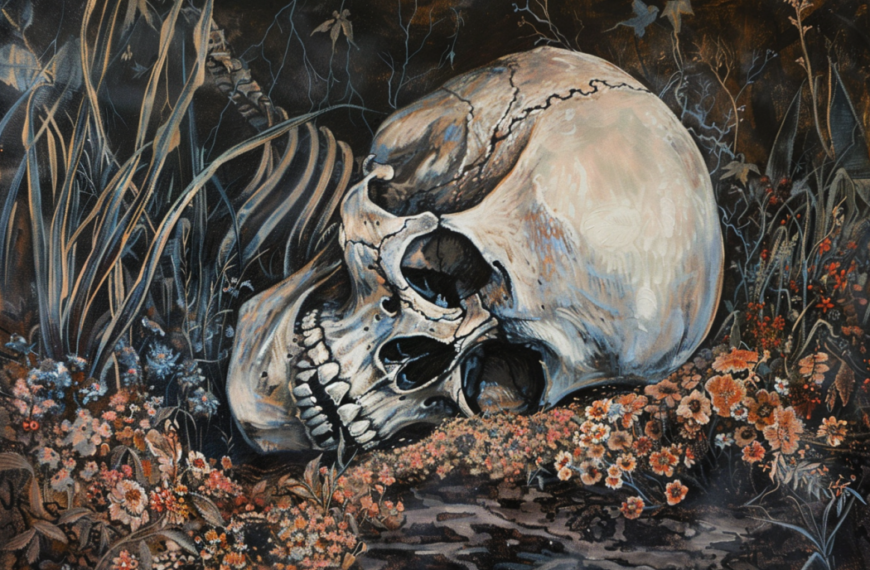Owl Symbolism Across Cultures
Owls are truly fascinating creatures! With their keen senses, silent flight, and mysterious nocturnal habits, they capture the imagination of people all over the world. One of the most remarkable features of owls is their ability to hunt in the dark using their exceptional hearing and night vision. Their large eyes are adapted to gather as much light as possible, allowing them to see in low-light conditions with incredible clarity.
In this article, we will explore in-depth the owl symbolism as well as its meanings in culture and arts around the world.
1. Death
In various cultural beliefs, owls have often been linked to signs of misfortune, poor health, or death.
In many Native American cultures, owls are seen as symbols of death. The sound of an owl’s call is regarded as an unlucky sign, with some tribes even interpreting it as a precursor to someone’s passing. Owls are viewed as messengers and companions to deities associated with death. While they are not seen as inherently evil, their presence can be seen as ominous, especially when they bring warnings from the spirit world. Some tribes connect owls to spirits and ghosts due to the belief that the circles around their eyes are made from ghostly fingernails.

In Vietnam, it is believed that the call of an owl signifies impending death, with the number of hoots carrying different superstitions: seven hoots are said to foretell misfortune for men, while nine hoots are considered ominous for women, indicating their demise. This belief instills fear and worry among many people, especially in rural areas, where owl calls are associated with tragic events.
Furthermore, if an owl lands near a house or faces towards it, it is seen as a harbinger of impending doom, bringing bad luck and difficulties, especially for those who are unwell. However, some argue that owls are not to be feared and can actually be beneficial for agriculture by preying on rodents that damage crops. Nevertheless, the menacing gaze of owls symbolizes a sinister and ominous outlook.
Read More: Top Symbols of Death Around The World
2. Wisdom
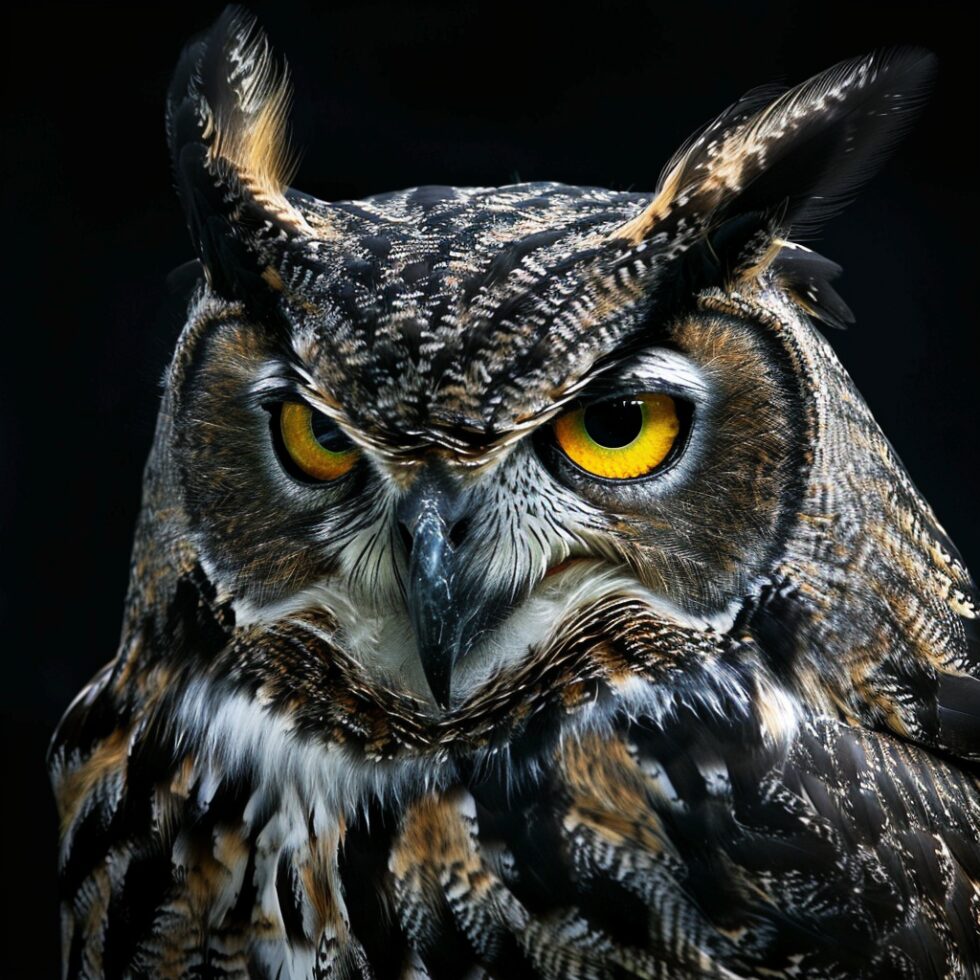
The owl is a bird that can rotate its head to look backwards. That’s why owls can watch out for danger from all directions in life. Owls have big, round, shiny eyes, so they are very careful and wise. In Japan, the owl symbolizes intelligence, wisdom, and keenness. Owls are patient animals, and patience is actually the core value of intelligence.
Owls symbolize wisdom due to their association with Athena, the Greek Goddess of Wisdom, who valued the owl’s keen eyes and serious demeanor. In Greek culture, the Little Owl (Athene noctua), Athena’s sacred bird, was believed to have a magical “inner light” for night vision.
Additionally, they are often depicted as solitary creatures, spending much of their time alone and observing their surroundings with a calm and patient demeanor. In Western culture, the owl is often portrayed as a wise old owl, often wearing glasses, reading books like a sage. The large, round eyes characteristic of the owl are reminiscent of the spectacles of professors, so in the West, there is a symbol of an owl wearing a bachelor’s or master’s cap.
3. Wizardry
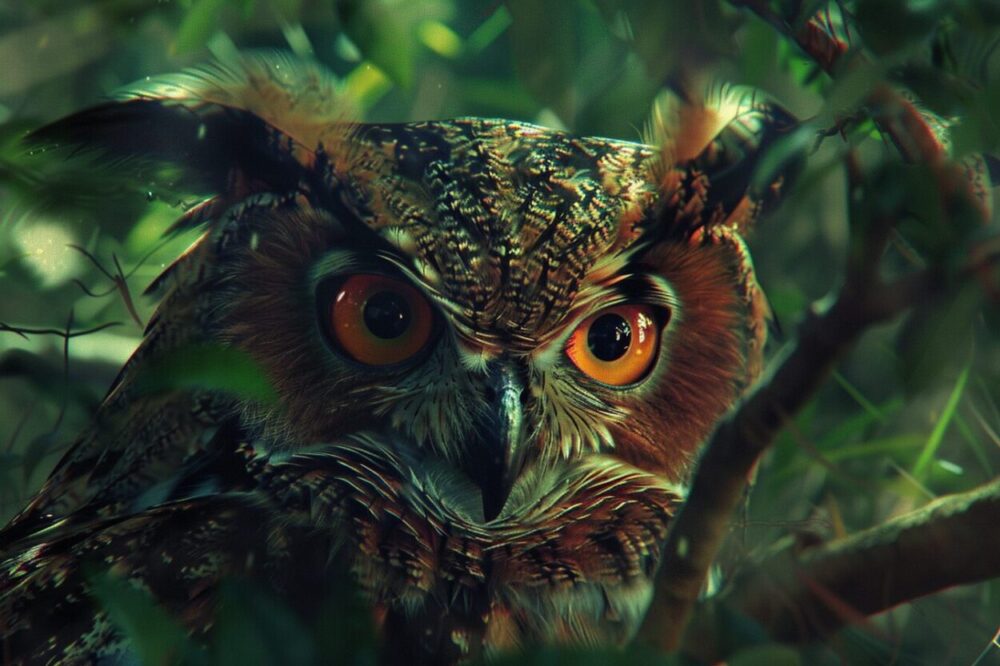
The fact that owls are commonly associated with death in folklores also contributes to their notoriety in witchcraft activities.
Owls, particularly white ones, have long been associated with witchcraft, believed to be the most elusive. In Greek and Roman folklore, it was thought that witches could transform into owls to suck the blood of babies. In various cultures, owls were considered messengers of witches or hooted as a warning of their presence, leading to the hunting and killing of many owls during the Middle Ages.
Across many African countries, owls are linked to sorcery and harmful magic. The presence of a large owl near a house is believed to signify the presence of a powerful shaman. Some people also believe that owls serve as messengers between the shaman and the spirit world.
In certain regions, nailing an owl to a door was believed to ward off evil, although this act itself could be considered cruel. This tradition originated in ancient Rome, where owls were thought to foretell the deaths of emperors. The practice persisted in some areas, including Great Britain, until the eighteenth century, where nailing an owl to a barn door was believed to protect the livestock from fire or lightning.
Owl Symbolism in Japanese Cultures
Owls in Japanese culture are regarded as symbols of luck and protection from adversity.
This perception is rooted in the Japanese name for owl, Fukuro (梟), which can be written using different characters. One combination suggests luck (福 fuku, meaning luck; 来ku, to come; 郎 ro, a suffix commonly found in boys’ names), while another implies protection from hardship (不 fu, meaning no; 苦労 kurou, suffering/hardship). Essentially, the term conveys the idea of being “without hardship.”

This linguistic play has led to owls being embraced as icons of good fortune and gaining popularity as engimono (縁起物), or lucky charms. It’s customary to present owl-themed gifts to graduating students as a gesture of well-wishes. Some individuals believe that owls of varying colors and shapes may influence the type of luck they bring; for example, pink owls are associated with love, while gold owls are believed to symbolize wealth.
In Japanese mythology there is a God of Owls called Cikap-Kamuy. In Japanese myth, he is a deity of abundance, ensuring the proper enactment of rituals. The tale unfolds during a time of famine, with humanity facing starvation. Seeking answers, Cikap-Kamuy sends Crow as his messenger to inquire about the cause of the famine. However, Crow falls asleep during the lengthy message recitation on the third day, prompting Cikap-Kamuy’s wrath, resulting in Crow’s demise.
Owl in Chinese Culture
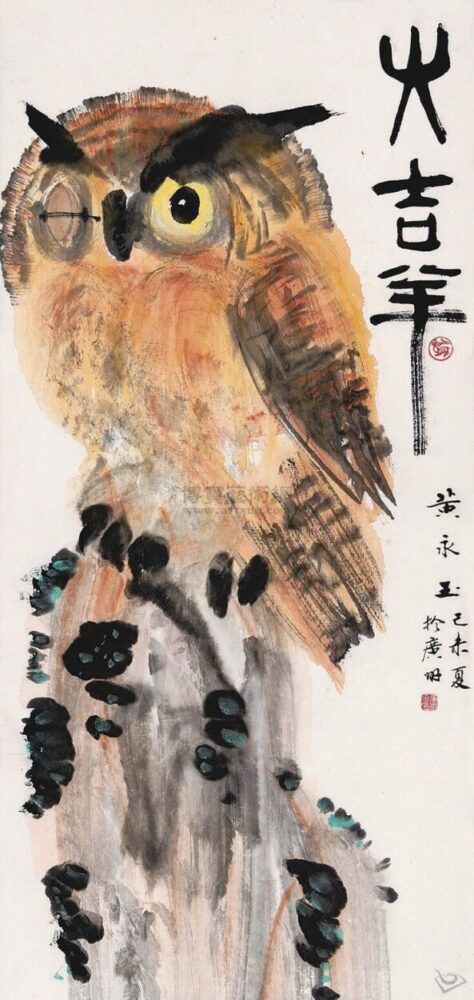
In Chinese culture, owls are considered soul catchers, and people use various methods to drive them out of their homes such as turning brooms upside down or burning them to create uncomfortable smoke.
The Chinese characters describing owls – “猫头鹰” (Māotóuyīng) – literally translate to “cat-headed eagle owl,” a fitting description both in appearance and demeanor. Despite the fear of owls and their close association with death, they are still respected in China and sometimes considered protectors.
Owls have been present in Chinese culture since at least the Shang Dynasty (1600-1046 BC). Many artifacts depicting owls have been discovered from this period in provinces like Shanxi, Hubei, and Hubei, as well as in Anyang, the ruins of the Shang capital.
Owl Symbolism in Ancient Greece
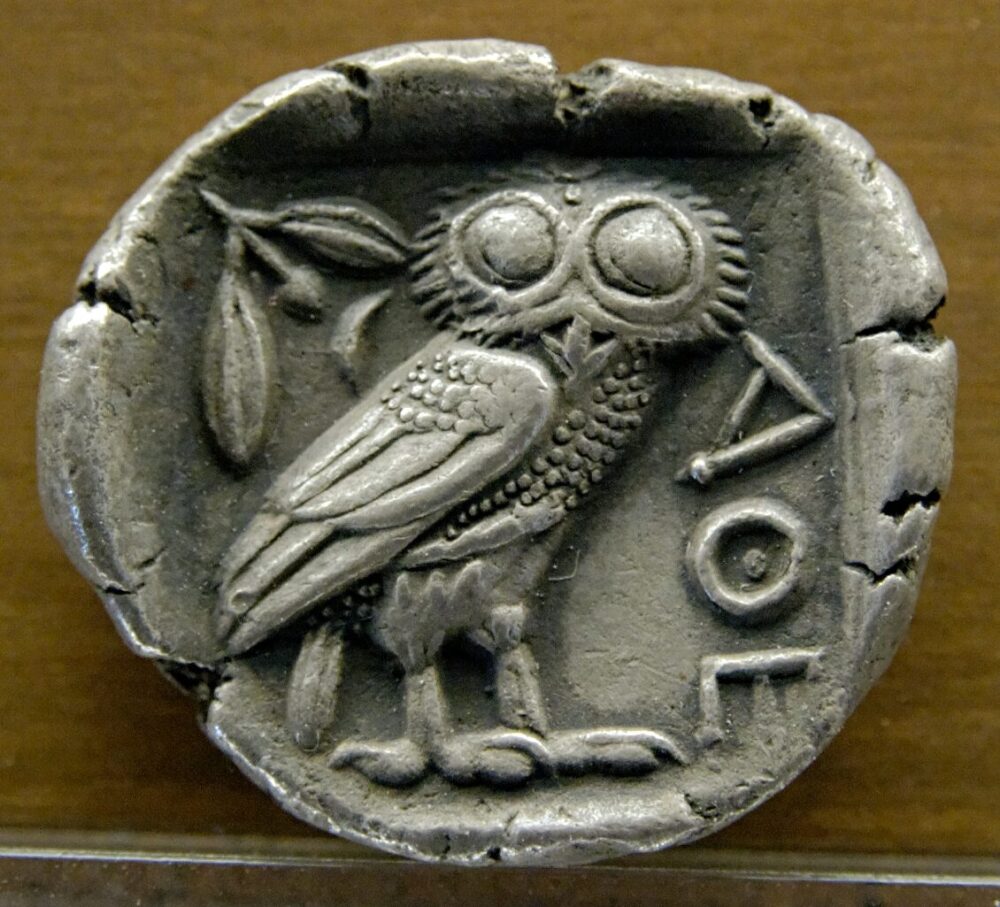
In ancient Greek mythology, Athena, the Goddess of Wisdom, admired the Owl for its large eyes and solemn appearance. Impressed by its qualities, Athena chose the Owl as her favorite bird, replacing the mischievous crow. The Little Owl (Athene noctua) became closely associated with Athena, and it was believed that the Owl possessed a magical “inner light” that granted it night vision.
Owls were also revered as protectors, residing in great numbers on the Acropolis. They accompanied Greek armies to war and served as symbols of wisdom in daily life. The sight of an Owl flying over Greek soldiers before battle was interpreted as a sign of impending victory. Additionally, the Little Owl featured prominently on Athenian coins, symbolizing watchfulness over trade and commerce.
Roman superstitions also associated Owls with witches, believing that they could transform into Owls and prey on babies. In Roman mythology, Ascalpus was transformed into an Owl for revealing Proserpine’s consumption of a pomegranate in the underworld, a act that prevented her return to her mother Ceres.
Owl Symbolism in Native American Culture
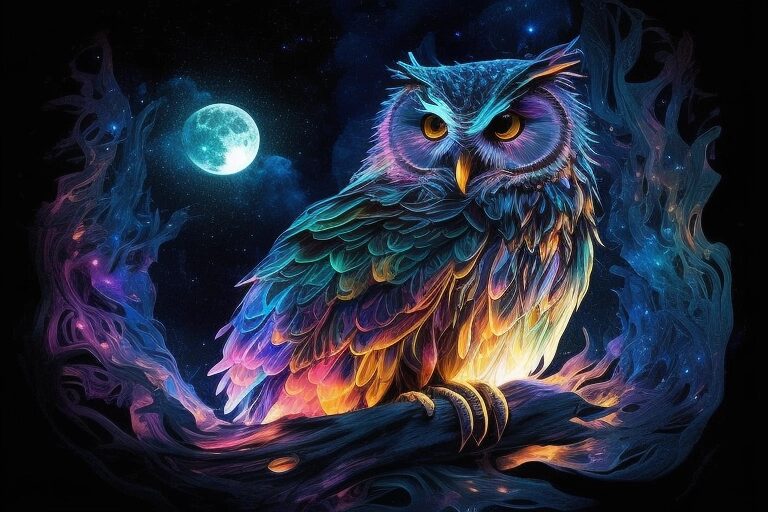
Dreaming of an owl is considered a sign of impending death among the Apache, while the Cree view the whistle-sounds of the Boreal Owl as a call to the spirit world. Cherokee shamans, on the other hand, seek guidance from Eastern Screech Owls on matters of punishment and illness. Even today, in Native American spiritual traditions, the owl symbolizes vision and insight.
To the Pawnee tribe, the owl represents protection, whereas the Ojibwa associate it with evil and death, as well as high status for their spiritual leaders. The Pueblo people link the owl to Skeleton Man, the deity of death and fertility.
In various Native American cultures, owls are connected to magic, clairvoyance, and astral travel, owing to their ability to see in the dark and move silently at night.

